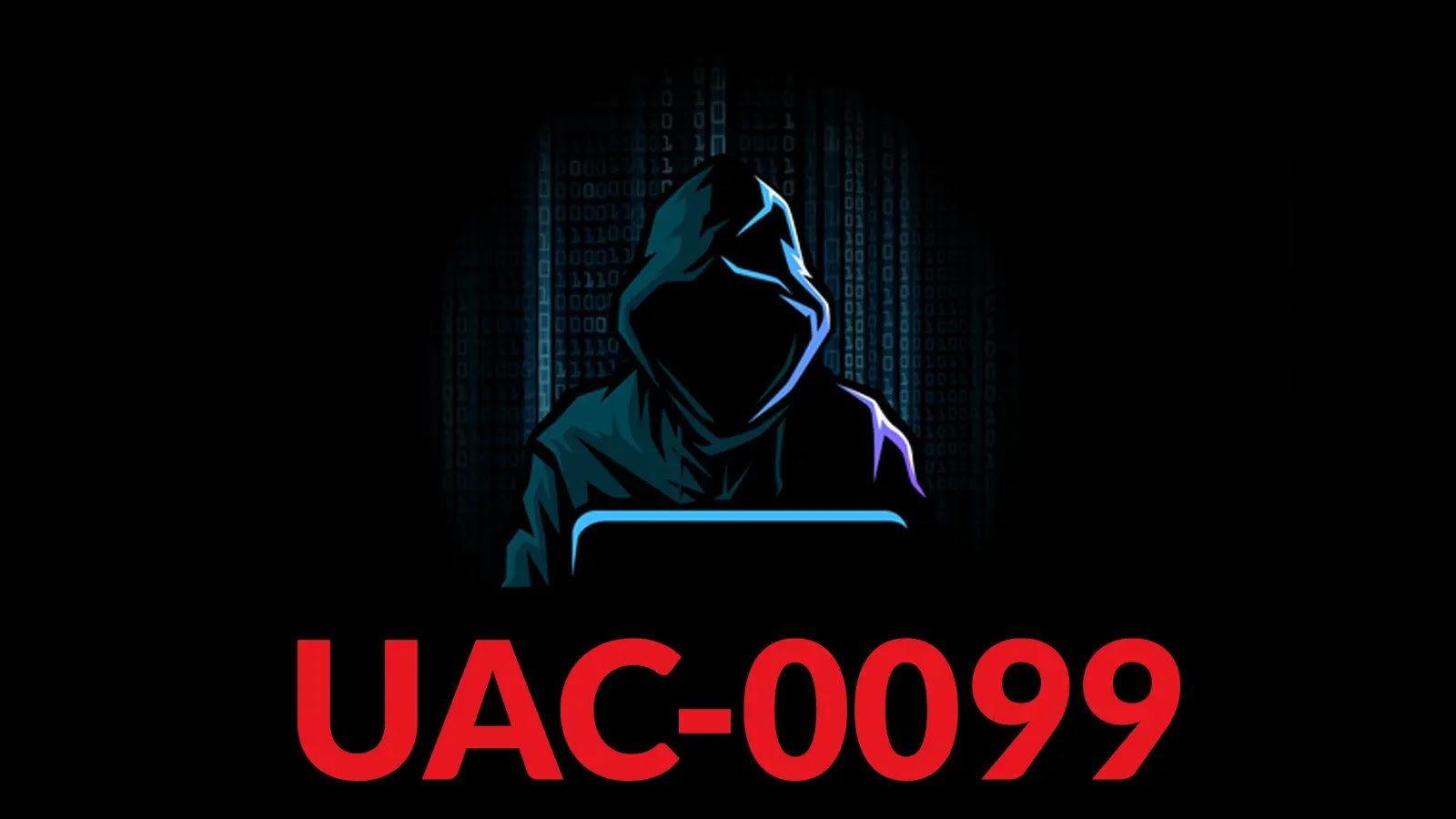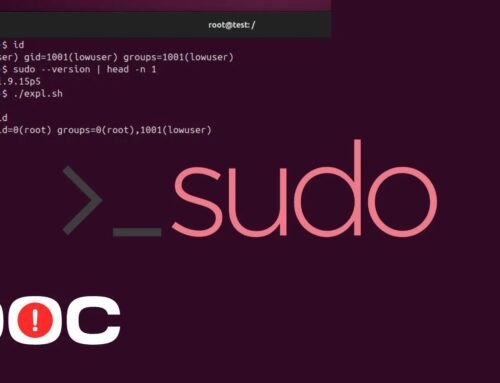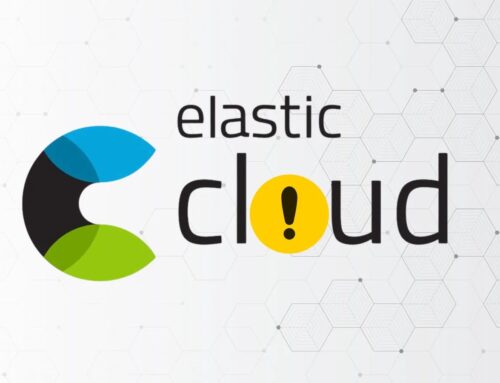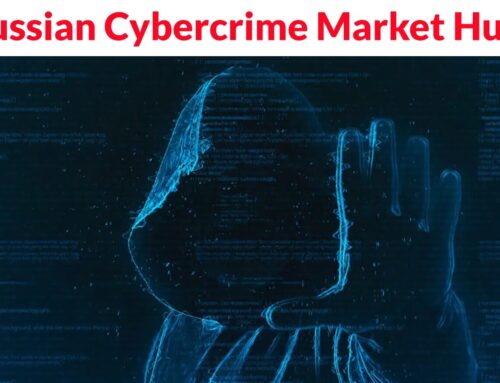
UAC-0099 Hackers Weaponizing HTA Files to Deliver MATCHBOIL Loader Malware
In the dynamic and often aggressive landscape of cyber warfare, understanding the tactics of emerging threat actors is paramount. Today, we’re dissecting a significant evolution in the capabilities of the Ukrainian threat intelligence group UAC-0099. Recent intelligence indicates a pivot to more sophisticated attack methodologies, specifically the weaponization of HTA files to deploy the elusive MATCHBOIL loader malware. This development poses a direct and elevated threat to Ukrainian state authorities, Defense Forces, and critical defense industrial enterprises, underscoring the urgent need for robust defensive measures.
UAC-0099’s Evolving Threat Landscape
The UAC-0099 group has consistently demonstrated its intent and capability to disrupt and compromise sensitive targets within Ukraine. Their evolution from simpler attack vectors to the current, more intricate approach highlights a continuous adaptation to defensive strategies. This strategic shift necessitates a re-evaluation of current cybersecurity postures for organizations operating in or allied with the Ukrainian defense sector.
HTA Files as a Malicious Delivery Mechanism
HTML Application (HTA) files, while legitimate components of Windows operating systems, have become a favored tool for threat actors due to their ability to execute HTML, JavaScript, and VBScript directly within the Local Machine Zone. This bypasses typical browser security models, presenting a significant vulnerability if not properly managed. UAC-0099’s choice of HTA files as a primary delivery mechanism for their new toolkit leverages this inherent trust, making it challenging for standard perimeter defenses to detect and block initial infection attempts effectively.
- Versatile Execution: HTAs can execute script code with the privileges of a normal application, not confined by browser sandboxing.
- Evasion Potential: Their legitimate nature can sometimes allow them to bypass less sophisticated email or web filters.
- User Interaction: Often requires user interaction (e.g., clicking a downloaded file) but can be highly effective in targeted spear-phishing campaigns.
Introducing the MATCHBOIL Loader Malware
The MATCHBOIL loader is the payload delivered via these weaponized HTA files. While specific technical details of MATCHBOIL’s capabilities are still emerging, its designation as a “loader” indicates its primary function is to establish a foothold, maintain persistence, and subsequently download and execute additional malicious modules. This modular approach is characteristic of advanced persistent threat (APT) groups, allowing them to adapt their attack toolkit to specific targets and objectives without requiring a full re-compromise. The sophistication implied by the use of a custom loader suggests a well-resourced and technically adept adversary.
Targeted Sectors and Implications
The National Cyber Incident Response Team CERT-UA has unequivocally identified the primary targets of these coordinated attacks: Ukrainian state authorities, Defense Forces, and defense industrial enterprises. This targeting clearly indicates the strategic intent of UAC-0099, focusing on entities critical to national security and defense. Successful compromises in these sectors could lead to:
- Exfiltration of sensitive intelligence and military plans.
- Disruption of critical defense infrastructure and operations.
- Espionage and intellectual property theft concerning defense technologies.
- Undermining trust in governmental and military communications.
Remediation Actions and Defensive Strategies
Organizations, especially those within the identified target sectors, must implement robust and multi-layered defenses to mitigate the threat posed by UAC-0099’s new tactics. Proactive measures and continuous monitoring are key.
- Endpoint Detection and Response (EDR): Deploy and configure EDR solutions to monitor for suspicious process execution, especially related to HTA files and their spawned processes.
- Email Security: Enhance email gateway security to scrutinize attachments, particularly those with
.htaextensions or embedded scripts. Implement DMARC, DKIM, and SPF. - User Awareness Training: Conduct regular and realistic phishing simulations and training to educate users about the dangers of unsolicited attachments and links. Emphasize caution with HTA files.
- Application Whitelisting: Implement application whitelisting policies to restrict the execution of unauthorized executables and scripts, including HTA files, unless explicitly approved.
- Network Segmentation: Segment networks to limit lateral movement in the event of a breach, thereby containing potential damage.
- Patch Management: Ensure all operating systems, applications, and security software are routinely updated to patch known vulnerabilities. While no specific CVEs are directly associated with the HTA delivery method itself (as it leverages a legitimate file type), ensuring systems are patched against wider exploitation vectors remains crucial.
- Threat Intelligence Integration: Subscribe to and integrate threat intelligence feeds, such as those from CERT-UA, to stay informed about emerging tactics and indicators of compromise (IoCs).
- Incident Response Plan: Develop and regularly test a comprehensive incident response plan to ensure rapid detection, containment, eradication, and recovery in the event of a successful attack.
Tools for Detection and Mitigation
To assist in countering threats like those posed by UAC-0099, several categories of cybersecurity tools are invaluable:
| Tool Name | Purpose | Link |
|---|---|---|
| Osquery | Endpoint visibility and host introspection for detecting suspicious process execution and file changes. | https://osquery.io/ |
| Microsoft Defender for Endpoint | Advanced EDR capabilities, behavioral analysis, and threat intelligence integration. | https://www.microsoft.com/en-us/security/business/microsoft-365-defender/endpoint-defender |
| Splunk (or other SIEM) | Log aggregation, correlation, and real-time security monitoring for detecting anomalous patterns. | https://www.splunk.com/ |
| OWA/Mail Gateway Security (e.g., Proofpoint, Mimecast) | Email filtering against malicious attachments, phishing, and impersonation attempts. | https://www.proofpoint.com/ https://www.mimecast.com/ |
| AppLocker (Windows) | Application whitelisting to control which applications and scripts users can run. | https://learn.microsoft.com/en-us/windows/security/threat-protection/windows-defender-application-control/wdac-design-guide/applocker-overview |
Conclusion
The UAC-0099 group’s adoption of HTA files to deliver the MATCHBOIL loader represents a significant escalation in their cyber warfare tactics. This shift underscores the critical need for targeted organizations, particularly those within Ukraine’s government, military, and defense industrial base, to bolster their defenses. Effective cybersecurity in this environment demands a proactive, multi-layered approach combining robust technical controls with continuous user education and adherence to a well-defined incident response framework. Staying informed and agile in defensive strategies is the only way to mitigate the evolving threats posed by sophisticated adversaries.





